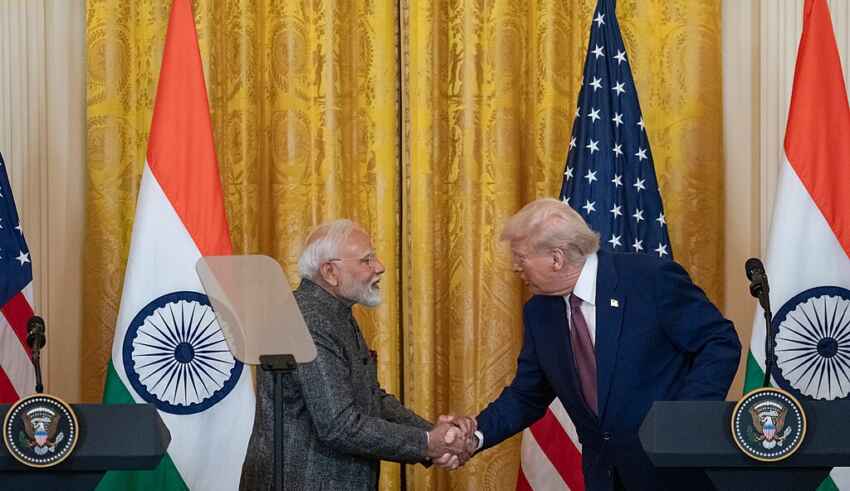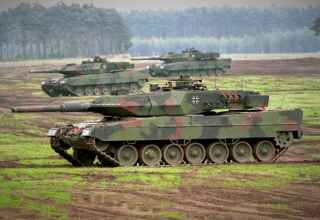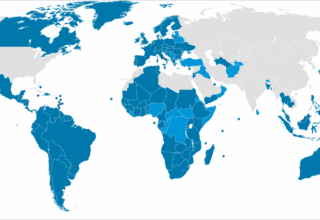
The agricultural sector has emerged as a key issue in the ongoing trade negotiations between the United States and India. India is refusing to buy American corn, which has drawn strong criticism from U.S. Commerce Secretary Howard Lutnick. The United States has long sought better access to India’s agricultural market. However, India’s steadfast protection of its agricultural sector, citing food security and the livelihoods of millions of small farmers, has led to a complex and contentious dynamic.
The development of Indian agriculture is a remarkable success story: it has evolved from a food-deficient country to a food-surplus country. Today, India not only feeds its huge population but also exports a wide range of agricultural products to the world. Despite these achievements, the sector faces challenges such as low productivity, poor infrastructure, vulnerability to global price volatility, and climate change. These problems are aggravated by the structural imbalance in the Indian economy: The agricultural sector employs almost half of the country’s labor force but contributes only a relatively small share to GDP.
India’s trade policy reflects its commitment to protecting its rural economy. High tariffs on agricultural imports serve as a shield against cheap foreign goods. They are intended to ensure the survival of small farmers, who form the backbone of Indian agriculture. However, this policy has also been criticized by the US: The US is trying to reduce its trade deficit with India by pushing exports of “expensive” agricultural products such as wheat, cotton, and corn. The differences between Indian and American agriculture make trade talks even more difficult.
As the two countries engage in these complex negotiations, questions arise about the long-term impact on India’s agricultural sector. Can India modernize its agricultural practices and infrastructure to become more competitive globally? Can India afford to give in to US pressure without jeopardizing the livelihoods of millions of farmers? The answers to these questions will determine the future of agriculture as a key battleground in the trade talks between the US and India.
By The European Institute for International Relations















